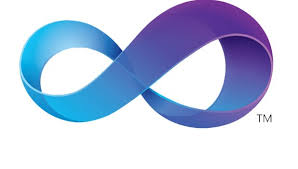Define visual programming Advantages and Disadvantages
A programming language that a visual representation (such as graphics, drawings, animation, buttons or icons etc.) is known as visual programming.

The term visual programming refers to creating or developing windows based applications or graphical user interface GUI applications. Different graphical objects are used to create the graphical user interface. These objects include windows, buttons, list boxes, and menus etc. these objects are provided by the visual programming languages as built in components.
Visual basic and Visual C++ are examples of the visual programming languages. These languages provide very simple integrated development environment IDE to create computer programs. The IDE provides the programmer with many different tools that are used in application as GUI. The programmer can create program very easily and rapidly.
Advantages of Visual Programming:
Following are the most important advantages of visual programming languages:
These languages are easy to learn and use.
These languages provide many built-in objects that can be used in developing the new programs. New objects can also be created.
The user-interface can be designed very easily by using mouse. The components are placed on the main interface component like forms. These components can be resized and moved easily.
These languages provide facility to attach code to each interface component. The attached code is executed when the user interacts with the interface component.
The users can use the visual applications very easily.
Disadvantages of Visual Programming:
Following are some disadvantages of visual programming languages:
These languages require computer with more memory, high storage capacity of hard disk, and faster processor.
These languages can only be implemented on graphical operating systems like Linux and windows.




What is visual programming and development..?
What is the components of visual programming…?
Types of visual programming